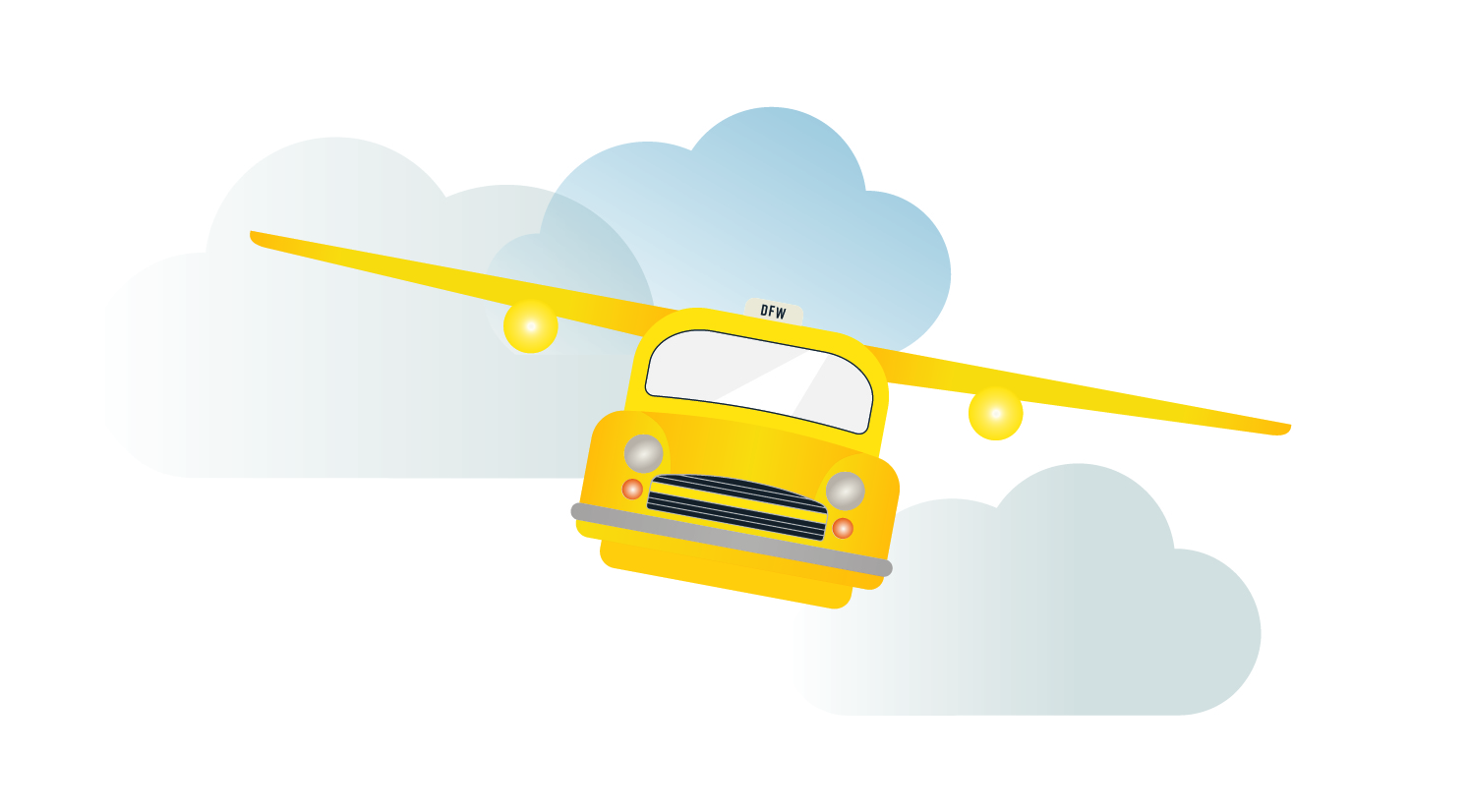Uber is betting that one day — however soon or far away that is — we all will be ride-sharing in the skies. So much so that the company recently enlisted UT engineers and a team from the Army Research Labs (ARL) on a major R&D project aimed at launching the world’s first flying taxi.

Led by Jayant Sirohi, an associate professor in the Department of Aerospace Engineering and Engineering Mechanics, the new research agreement is in place to help Uber accomplish two bold but visionary goals: introduce prototype flying taxis by 2020 and make the ride-sharing-by-air network available for public use by 2023. The initiative, called Uber Elevate, seeks to build next-generation technology and an infrastructure for on-demand airborne ride-hailing services within dense urban areas.
Sirohi and his team in the Cockrell School will focus on creating one of the first usable stacked co-rotating rotors, or propellers, for vertical take-off and landing, a novel flying technology in which two rotor systems are stacked on top of each other with both rotating in the same direction. Preliminary testing of this concept has shown the potential for this technology to be quieter than traditional paired rotor approaches while simultaneously improving overall performance for a flying craft.
“UT is uniquely positioned to advance this new technology, and Uber has recognized that,” said Sirohi, who is one of the nation’s leading experts in UAVs, vertical-lift aircraft and fixed- and rotary-wing aeroelasticity. “In addition to the technical expertise we bring, we also have a rig to test new rotor configurations right here on campus.”
Uber has named two metroplexes — Dallas-Fort Worth and Los Angeles — as the first Uber Elevate test cities where the network will be set up. Both currently suffer from major traffic congestion, especially during rush hour. The drive from DFW International Airport to the nearby city of Frisco, a distance of under 25 miles, could take up to an hour during rush hour. In an air taxi, it would take less than 10 minutes.
“Uber’s urban air mobility concept aims to revolutionize transportation through the introduction of these air taxis,” Sirohi said. “Many of the same technologies used by Uber on the ground can be used in the sky. This, however, offers a new dimension to the ride-sharing experience.”
An official launch of the collaboration took place on the Forty Acres in August, with leaders from Uber, ARL and UT all in attendance.